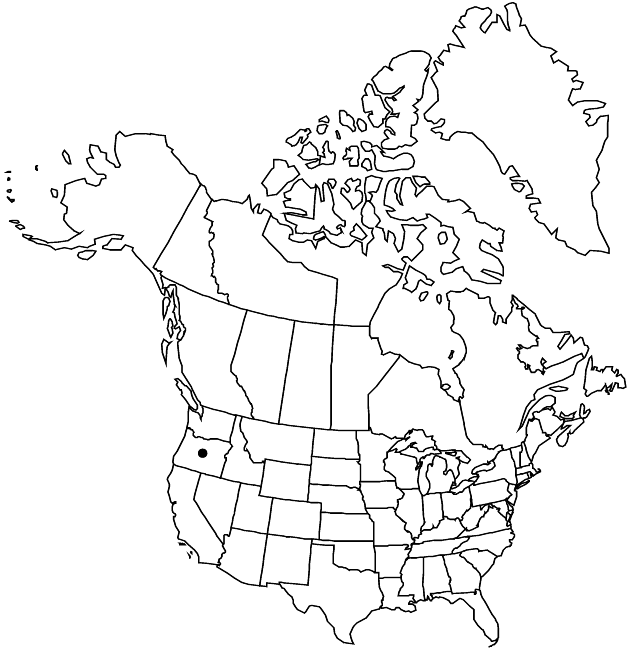Eucephalus gormanii
Proc. Biol. Soc. Wash. 29: 101. 1916.
Perennials, 10–40 cm (caudices woody or rhizomes short-creeping; herbage sparsely to moderately glandular-hairy, not glaucous). Stems ascending to erect, sparsely to moderately glandular-hairy. Leaves: mid and distal blades lance-ovate to elliptic, 1.5–3 cm × 4–10 mm. Heads usually 2–5 in racemiform to corymbiform arrays, sometimes borne singly. Peduncles glandular. Involucres turbinate, 6–8 mm. Phyllaries in 2–4 series (whitish), lanceolate to ovate (unequal), apices acute, abaxial face glabrous or glandular-hairy. Rays (5–)8–13, white (often pinkish in bud). Cypselae pilose; pappus bristles in 2 series smooth or ± barbellate. 2n = 18.
Phenology: Flowering Jul–Aug.
Habitat: Open rocky slopes and exposed cliffs
Elevation: 1200–1900 m
Discussion
Eucephalus gormanii is known only from the central Cascade Mountains. It is closely related to E. paucicapitatus.
Selected References
None.
